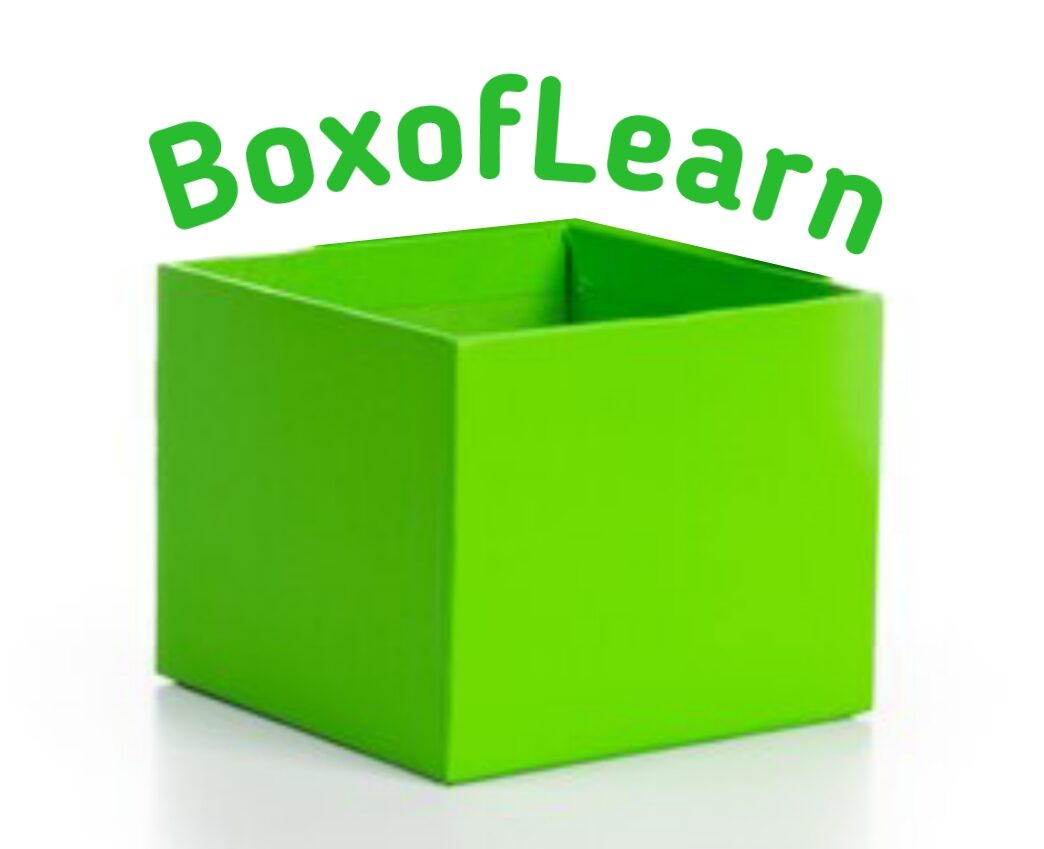Python Dictionaries
What is a Python Dictionary? A dictionary in Python is an unordered, mutable and indexed collection that stores data as key-value pairs. Key Features of Python Dictionaries: How to Create a Dictionary in Python? You can create a dictionary using curly braces { } or the built-in dict() function. Syntax: dictionary_name = {key1: value1, key2: … Read more
